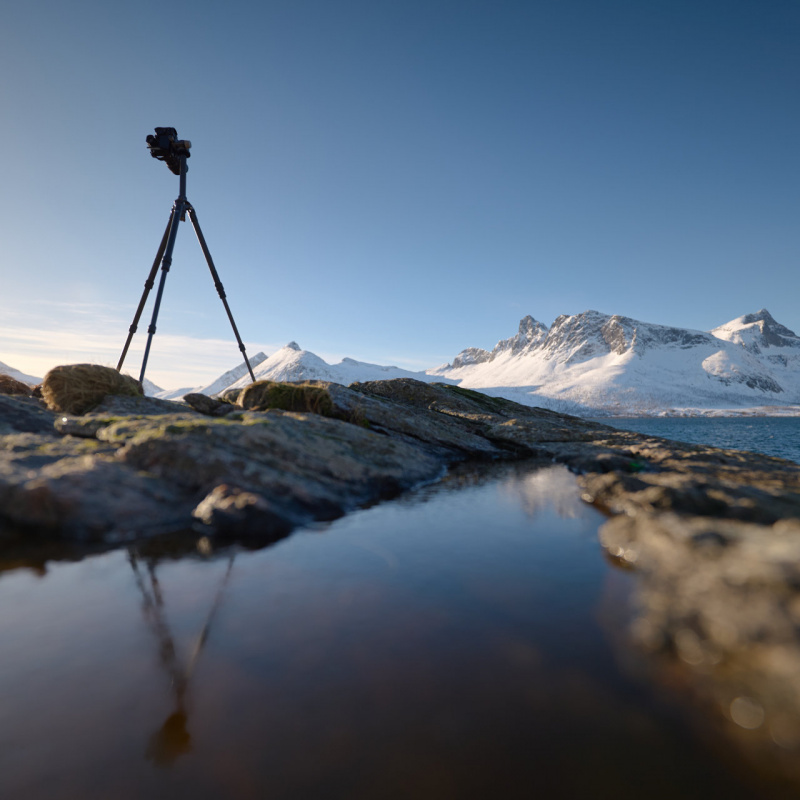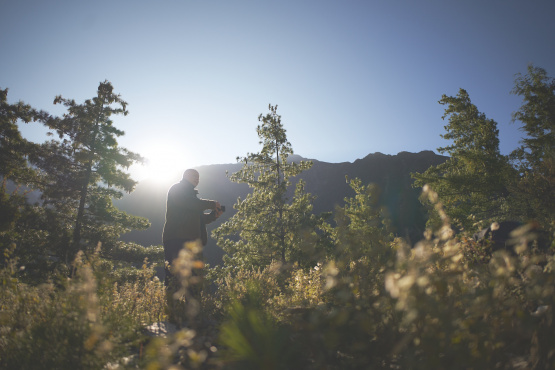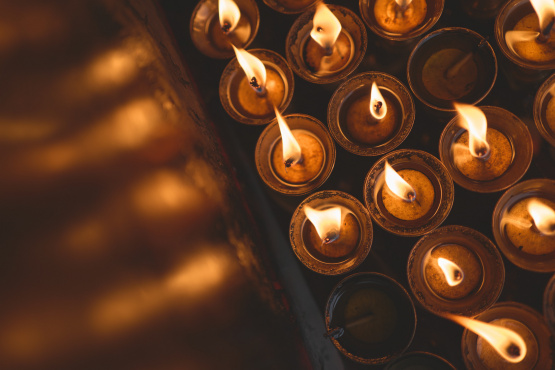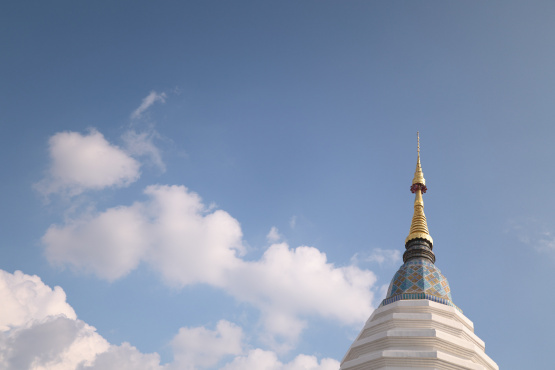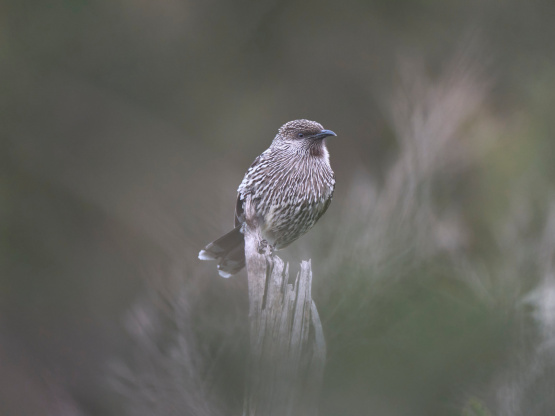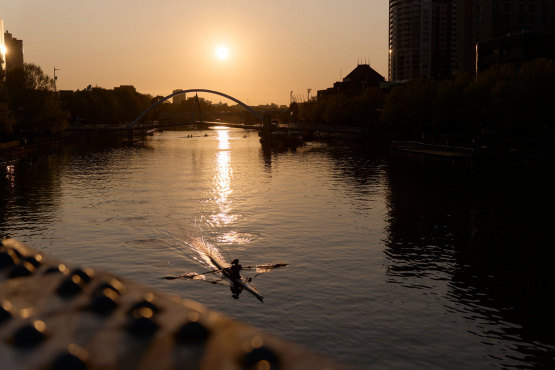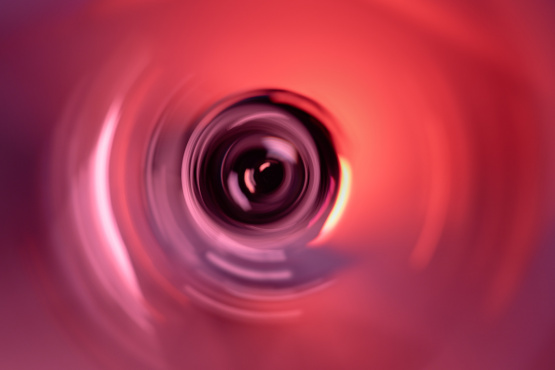I'm not a philosopher. Or maybe I am. Maybe we all are? We may not all be conscious of our beliefs that underpin the way we look at the world, but we all have them and they dramatically impact our potential for photography. If we looked closely at ourselves we could unearth a little philosophy in everything we do, it's just that we rarely write these philosophies down or challenge them. A little time spent contemplating the philosophy of your photography can change a lifetime of images.
Looking at photography from a philosophical perspective emphasizes those processes that take place long before the shutter is released.
For some people this shift of focus helps them disengage from trying to fit a technical solution to a creative problem. "What setting should I use to take this shot?", is the most common question I am asked. The answer depends on what you want the shot be – the photograph is not an intrinsic object of the scene, it belongs to the photographer and them alone.
I think of photography as a very large house with hundreds of rooms hidden behind closed doors. Technical skills are useful guidance you once you get inside a room, but your philosophical perspective can help open new doors and discover what's behind them.
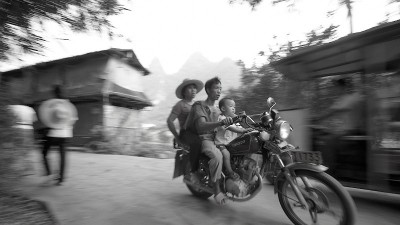
PRACTICAL PHILOSOPHIES
This website is filled with philosophical themes rather than technical. The very existence of the site reflects a philosophy that travel photography is inherently different to commercial or studio photography. There are no chapters here on softbox lighting or tethered cameras – my philosophy on travel photography precludes such equipment. There are four fundamental principles that underpin my travel and how I set about capturing an image – the more I am mindful of these principles the better my photography becomes:
1. Seek to share the beauty of the world – Having a focus on what is treasured about your subject necessitates that you understand your subject on some level, and have a comment to make about the subject. When I am unsure of what my primary focus should be I stop and ask myself, "What is it about this scene that I like so much, what makes it special? What do I have to say about the subject?"
2. The camera is a brush – In the hands of different people the camera will tell a different story, it is not a device of documentation, it can only reveal what the photographer sees. Richard Avedon is credited with saying, "The moment an emotion or fact is transformed into a photograph it is no longer a fact but an opinion. There is no such thing as inaccuracy in a photograph. All photographs are accurate. None of them is the truth."
3. Don't expect to get every photo – Expecting to tick every box and return from your travels with everything you anticipated is a deeply flawed approach, and possibly the path to madness. It blinds you to serendipity and distracts from quality. Letting go of the need to capture everything also short circuits situations when your desire for the photo conflicts with your ethical duties as a responsible traveller.
4. Leave a trail of good – What's the point of striving for excellence if you don't intend to make the world a better place for it. There is power in photography, and with that power comes responsibility. If you can do good with your photography then you will have been a success.

PUNCTUATED LEARNING
Even the most experienced photographers can benefit from shaking up the assumptions upon which our creative expression is based.
I spent two weeks on a cruise ship in Japan in the company of an art lecturer who had studied the length of breadth of Japan to distil an appreciation for their aesthetics. Pottery, gardens, textiles, architecture, painting and more. Few cultures have such a rich tradition of celebrating art and integrating an awareness of beauty into their social norms, so the potential to expand my perspective on my own artistic expression was immense.
At the end of the cruise I asked him to critique a collection of my photos. I had pulled aside 100 images from our journey; portraits of people and places. In that set were subtle tones of fine pottery in Hagi, moss covered Buddha statues in a Nagasaki cemetery, the exquisite lines of Himeji Castle and serene scenes from the Six Treasures Garden in Kanazawa. The themes varied from Koi and Samurai to Shinto Shrines and sushi. I was eager to gauge his reaction.
Unfortunately he was largely unimpressed. "You take a good photo I can see that, but there's no art in these, there's no author to the stories. The photographer is not present, I don't see your style in any of this. Who are you?"
And it was a fair summary. My philosophy at the time was pretty much to shoot what my clients asked for – travel images for a travel brochure. I was following a predetermined formulae instead of carving my own expression with the camera. I was shooting what appealed to someone else, the tour company, and had ignored my own sense of appeal. My own style had been suppressed by a commercial imperative.
The experience forced me to reassess what philosophies I had employed over the years to guide my photographic pursuit. This was more than just a question of art versus product, or whether I had become desensitized by years of shooting images for travel brochures and glossy mags.

CAMERA LOOKS BOTH WAYS
At the heart of the matter was something writers call "the author's voice". When you write a novel the author is present in the words, you are learning something about them and not just the characters on the page. In photographic terms we call this the "duality of the camera" – we point the lens at a subject but each time the shutter is pressed the camera captures something of the scene and something of the photographer as well.
This duality is why your connection with the subject before taking a photo is so critical.
My very first exhibition was a collection of leaves photographed on a journey through the Australian Outback. Some were faded and weathered, others fresh fallen in contrast to the red earth, or enmeshed in a still life of leaf litter on a dry planet. There were no images of kangaroos, no dusty roads and even the iconic lines of Uluru were ignored completely. My full expression was reserved for the little things, the minor details that get easily overlooked. I had taken all of my holiday leave, travelled over 6000 kilometres by car and spent what was left of my money on the film and processing. All that for the sake of fallen leaves.
It revealed a lot about my values. Aside from revealing my perspective on the world it also showed the world how I was a little bit different. And we are all different, thankfully. Your personal philosophy that hides behind a desire to photograph is worth examination and discussion. It's the starting point for bringing identity to your work, plus taking your work beyond the realm of merely technical.
Images with heart begin with a little of your own soul.

Keep Reading
Join Ewen's newsletter for monthly updates on new photography articles and tour offers...Subscribe Here


